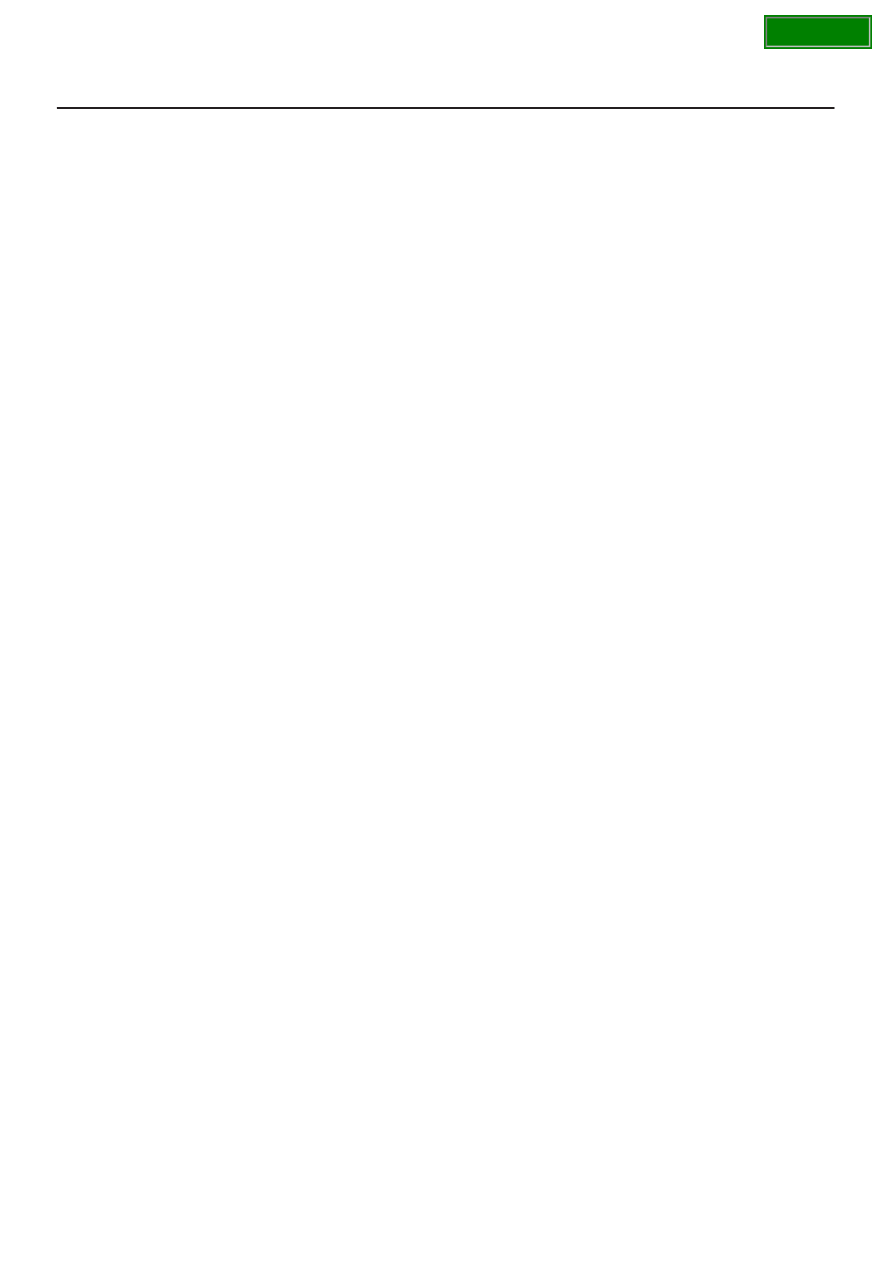Isuzu D-Max / Isuzu Rodeo (TFR/TFS). Service manual - part 807

6C–1
ENGINE FUEL (6VD1 3.2L)
ENGINE
ENGINE FUEL
CONTENTS
Service Precaution
6C–1
. . . . . . . . . . . . . . . . . . . . . .
General Description
6C–2
. . . . . . . . . . . . . . . . . . . . .
Fuel Metering
6C–3
. . . . . . . . . . . . . . . . . . . . . . . . . . .
Fuel Filter
6C–4
. . . . . . . . . . . . . . . . . . . . . . . . . . . . . .
Removal
6C–4
. . . . . . . . . . . . . . . . . . . . . . . . . . . . .
Inspection
6C–4
. . . . . . . . . . . . . . . . . . . . . . . . . . . .
Installation
6C–4
. . . . . . . . . . . . . . . . . . . . . . . . . . . .
Inspection
6C–4
. . . . . . . . . . . . . . . . . . . . . . . . . . . .
In–Tank Fuel Filter
6C–4
. . . . . . . . . . . . . . . . . . . . .
Fuel Pump Flow Test
6C–4
. . . . . . . . . . . . . . . . . . .
Fuel Pump
6C–5
. . . . . . . . . . . . . . . . . . . . . . . . . . . . .
Fuel Pump and Associated Parts
6C–5
. . . . . . . .
Removal
6C–5
. . . . . . . . . . . . . . . . . . . . . . . . . . . . .
Installation
6C–5
. . . . . . . . . . . . . . . . . . . . . . . . . . . .
Fuel Pump Relay
6C–6
. . . . . . . . . . . . . . . . . . . . . . . .
General Description
6C–6
. . . . . . . . . . . . . . . . . . . .
Fuel Tank
6C–6
. . . . . . . . . . . . . . . . . . . . . . . . . . . . . .
Fuel Tank and Associated Parts
6C–6
. . . . . . . . .
Removal
6C–6
. . . . . . . . . . . . . . . . . . . . . . . . . . . . .
Installation
6C–7
. . . . . . . . . . . . . . . . . . . . . . . . . . . .
Fuel Gauge Unit
6C–7
. . . . . . . . . . . . . . . . . . . . . . . .
Removal and Installation
6C–7
. . . . . . . . . . . . . . .
Fuel Filler Cap
6C–7
. . . . . . . . . . . . . . . . . . . . . . . . . .
General Description
6C–7
. . . . . . . . . . . . . . . . . . . .
Inspection
6C–7
. . . . . . . . . . . . . . . . . . . . . . . . . . . .
Main Data and Specifications
6C–8
. . . . . . . . . . . . .
Service Precaution
WARNING: THIS VEHICLE HAS A SUPPLEMENTAL
RESTRAINT SYSTEM (SRS). REFER TO THE SRS
COMPONENT AND WIRING LOCATION VIEW IN
ORDER TO DETERMINE WHETHER YOU ARE
PERFORMING SERVICE ON OR NEAR THE SRS
COMPONENTS OR THE SRS WIRING. WHEN YOU
ARE PERFORMING SERVICE ON OR NEAR THE SRS
COMPONENTS OR THE SRS WIRING, REFER TO
THE SRS SERVICE INFORMATION. FAILURE TO
FOLLOW WARNINGS COULD RESULT IN POSSIBLE
AIR BAG DEPLOYMENT, PERSONAL INJURY, OR
OTHERWISE UNNEEDED SRS SYSTEM REPAIRS.
CAUTION: Always use the correct fastener in the
proper location. When you replace a fastener, use
ONLY the exact part number for that application.
ISUZU will call out those fasteners that require a
replacement after removal. ISUZU will also call out
the fasteners that require thread lockers or thread
sealant. UNLESS OTHERWISE SPECIFIED, do not
use supplemental coatings (Paints, greases, or other
corrosion inhibitors) on threaded fasteners or
fastener joint interfaces. Generally, such coatings
adversely affect the fastener torque and the joint
clamping force, and may damage the fastener. When
you install fasteners, use the correct tightening
sequence and specifications. Following these
instructions can help you avoid damage to parts and
systems.
INDEX